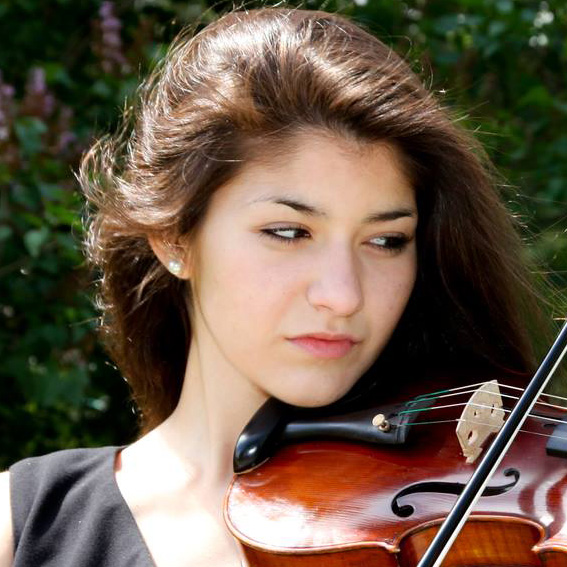|
|
||
|
|
||
|
Cassandra Hawkins Cassandra Hawkins has an amazing voice that will make you feel like you died and went to heaven. And when you hear her play the violin you will know what the angels sound like.
|
||
|
|
||
|
When you hear her play Amazing Grace you will wish that she would never stop. She is very beautiful and talented. And her voice is amazing. Cassandra has studied Violin and Voice at Belmont University in Nashville.
Friends of Cassandra Hawkins Home page
About this website: This website was constructed by “Friends of Cassandra” on their own initiative as a service to Cassandra Hawkins and her prospective clients who may wish to contact her to perform at weddings, funerals, or other events. Hear her sing! See her on YouTube, or Click here to hear her sing, Cassandra Hawkins.avi Comments: If you wish to comment on how much you enjoy her music or what you think of her abilities, please send me an Email Listen to Cassandra-Hawkins.mp3 See Cassandra Hawkins on Facebook Cassandra Hawkins | Facebook See more - Great pictures |
||
|
|
||
|
||
|
|
||
|
|
||
|
|
||
|
|
||
|
|
||
|
|
||
|
||
|
|
||
|
|
||
|
|
||
|
|
|
Guido of Arezzo From Wikipedia, the free encyclopedia Guido of Arezzo was a music theorist of the Medieval era. He is regarded as the inventor of modern musical notation (staff notation) that replaced neumatic notation; his text, the Micrologus, was the second-most-widely distributed treatise on music in the Middle Ages. Guido was a monk of the Benedictine order from the Italian city-state of Arezzo. … While there, he noted the difficulty that singers had in remembering Gregorian chants. … While at Arezzo, he developed new techniques for teaching, such as staff notation and the use of the "ut–re–mi–fa–so–la" (do–re–mi–fa–so–la) mnemonic (solmization). The ut–re–mi-fa-so-la syllables are taken from the initial syllables of each of the first six half-lines of the first stanza of the hymn Ut queant laxis, whose text is attributed to the Italian monk and scholar Paulus Diaconus.
|
